Social commerce is no longer just an emerging trend—it’s the future of online shopping.
In 2025, platforms like Instagram, TikTok, and Pinterest are transforming into full-fledged shopping destinations, where consumers browse, engage, and purchase without ever leaving the app.
With AI-powered recommendations, in-app checkout, and live selling, brands that embrace these trends will gain a competitive edge.
In this article, we’ll break down why social commerce is growing, best practices for each platform, and how to build a winning strategy to maximize sales.
What is Social Commerce and Why is it Growing?
E-commerce has always been about convenience, but social commerce takes it a step further. Rather than directing users to external websites, social commerce allows them to buy directly within the apps they already use daily.
This shift is happening because:
✔ People trust social proof. Consumers are more likely to buy after seeing real customers using and recommending a product.
✔ Content is driving discovery. TikTok’s “For You” page, Instagram Reels, and Pinterest boards all serve as product discovery engines.
✔ Frictionless shopping wins. Reducing steps between product discovery and purchase leads to higher sales rates.
Consumer Behavior Trends in 2025
Shopping habits have evolved, and brands need to keep up. Here’s what to expect:
- Short-form video will dominate shopping decisions. Consumers are drawn to quick, engaging product demos.
- Live shopping events will replace traditional promotions. Real-time interaction builds urgency and trust.
- AI-powered personalization will be the standard. Tailored recommendations will increase conversions.
Best Practices for Selling on Instagram, TikTok, and Pinterest
Each platform has its own strengths when it comes to social commerce. Here’s how to make the most of them:
1. Instagram
Instagram Shopping is a must-have for brands looking to sell online. Key features include:
- Shoppable posts & stories: Tag products in photos, carousels, and reels.
- Instagram Checkout: Enables users to buy without leaving the app.
- Live Shopping: Lets brands sell products in real time during live streams.
Best Practice:
Use Instagram Reels + Shopping Tags to showcase your products in an engaging way. Feature user-generated content (UGC) to boost credibility and conversion rates.
2. TikTok
TikTok has quickly become a powerful sales channel, especially with the launch of TikTok Shop. Top features include:
- In-video shopping links: Seamlessly add product tags in TikTok videos.
- Live Shopping Events: Host interactive sessions where users can buy instantly.
- AI-Powered Product Discovery: Personalized feeds push relevant products to potential buyers.
Best Practice:
Leverage TikTok influencers and viral challenges to promote products. Use short-form, educational content (e.g., “3 reasons why you need this”) to drive engagement.
3. Pinterest
Pinterest is a goldmine for brands with highly visual products. Features to focus on:
- Product Pins: Shoppable pins that display pricing and availability.
- Pinterest Lens: AI-powered visual search that helps users find similar products.
- Idea Pins: Multi-page video content that works like Instagram Stories.
Best Practice:
Optimize for Pinterest SEO by using keyword-rich descriptions and high-quality lifestyle images that match trending aesthetics.
Related: Why Social Media Engagement is Important for Your Business
Success Stories of Brands Excelling in Social Commerce
1. Fenty Beauty
Strategy: Fenty Beauty built its Instagram Shopping experience around inclusivity, with video tutorials and user-generated content.
Result: The brand generated $582 million in revenue in 2023, ranking as the #1 global cosmetics brand.
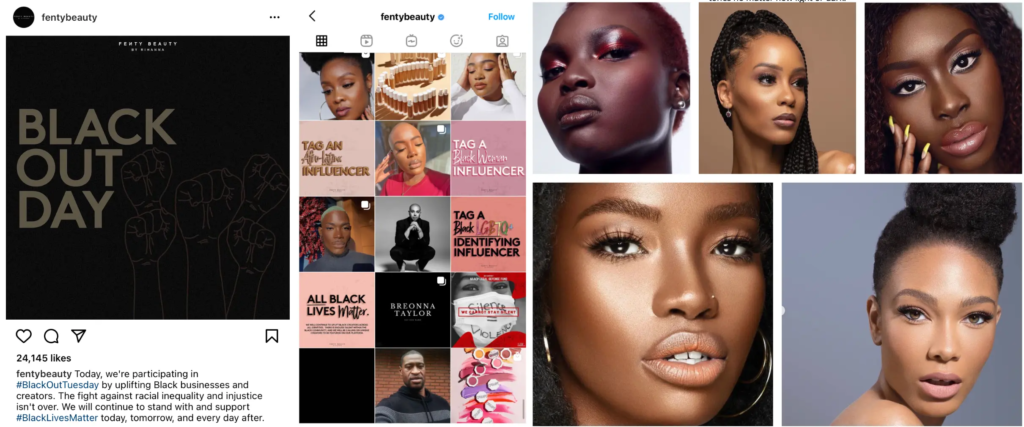
2. L’Oréal
Strategy: L’Oréal Paris partnered with TikTok Shop UK to host live shopping events featuring beauty influencers.
Result: Achieved $1M in sales and a 466% purchase increase in one week.
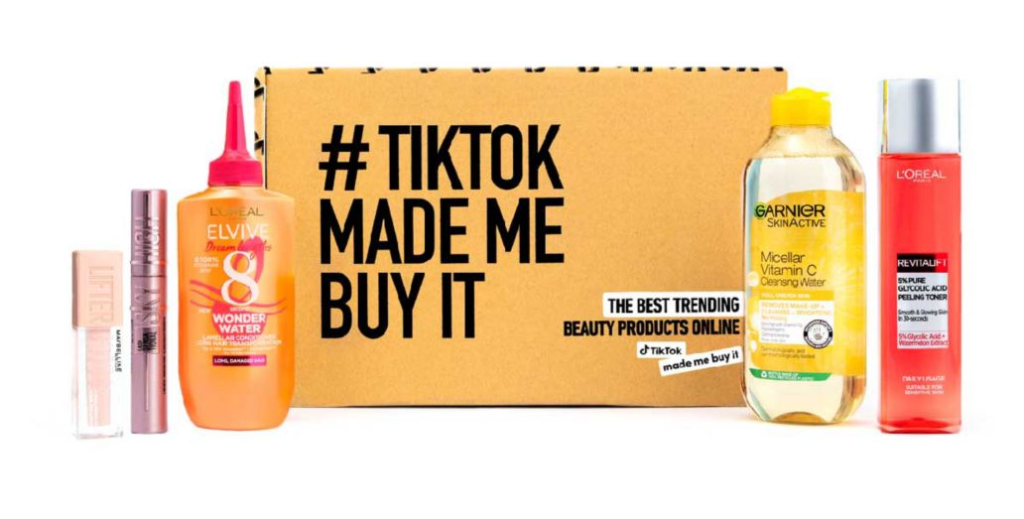
Actionable Strategies to Start Selling on Social Platforms Today
1. Optimize Your Shop & Product Listings
✔ Set up your Instagram Shop, TikTok Shop, and Pinterest Product Pins.
✔ Ensure product images, descriptions, and pricing are mobile-friendly.
✔ Use AI-driven tools like Google Trends to identify trending keywords for your listings.

2. Leverage Video & Live Selling
✔ Create short-form product demos (TikTok, Instagram Reels).
✔ Host weekly live shopping sessions to engage your audience in real-time.
✔ Partner with influencers or micro-creators to expand your reach.
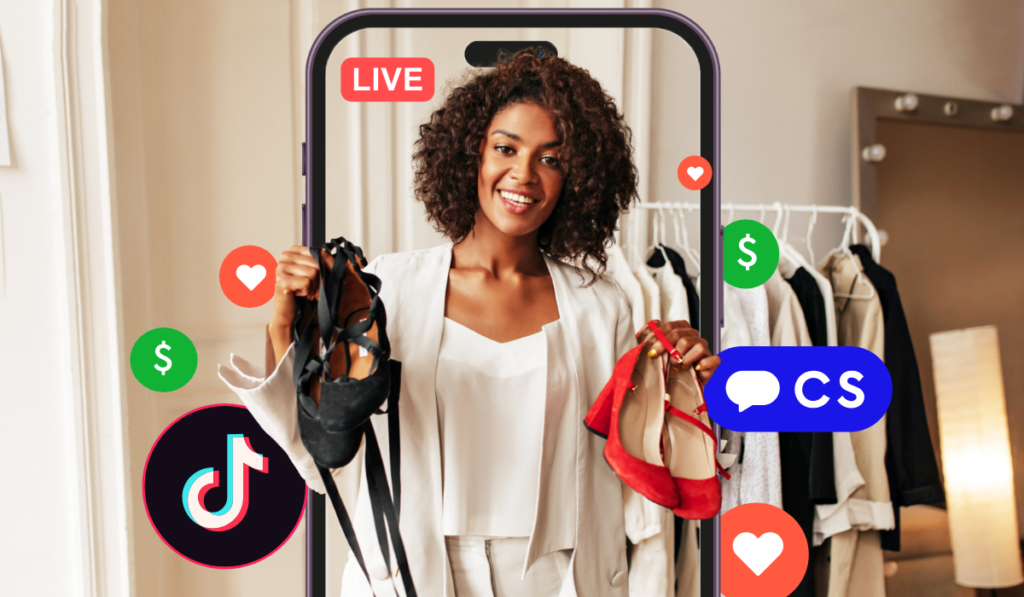
3. Use AI to Personalize & Boost Conversions
✔ Implement AI-powered chatbots for instant customer support.
✔ Enable dynamic pricing and personalized offers based on user behavior.
✔ Analyze predictive analytics to refine your targeting strategy.
By 2025, social commerce will be the new normal. Brands that adapt early will have the biggest advantage.
Now is the time to tap into social commerce—are you ready? Book a free consultation with Boostly.Business today.

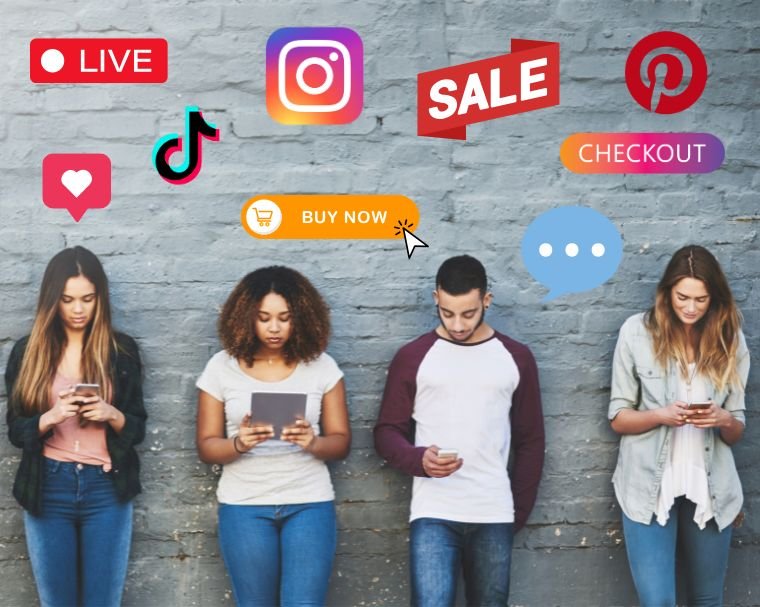



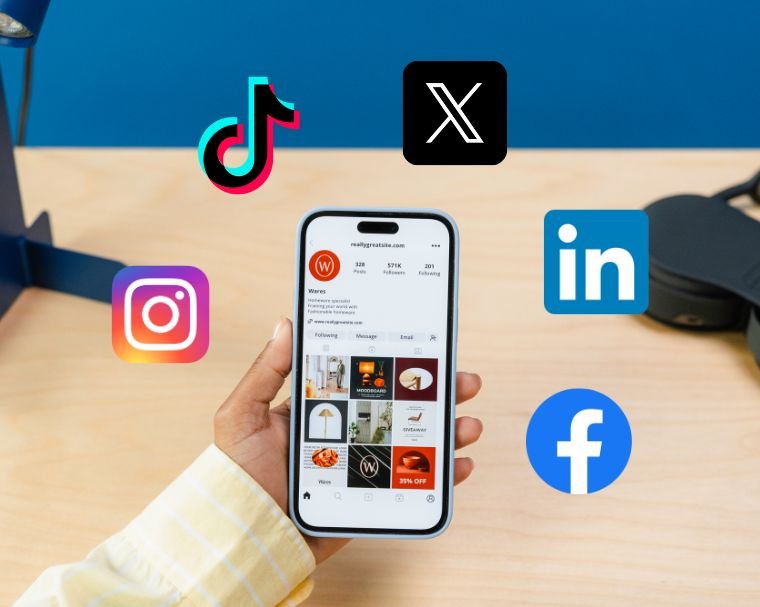







Leave a Reply